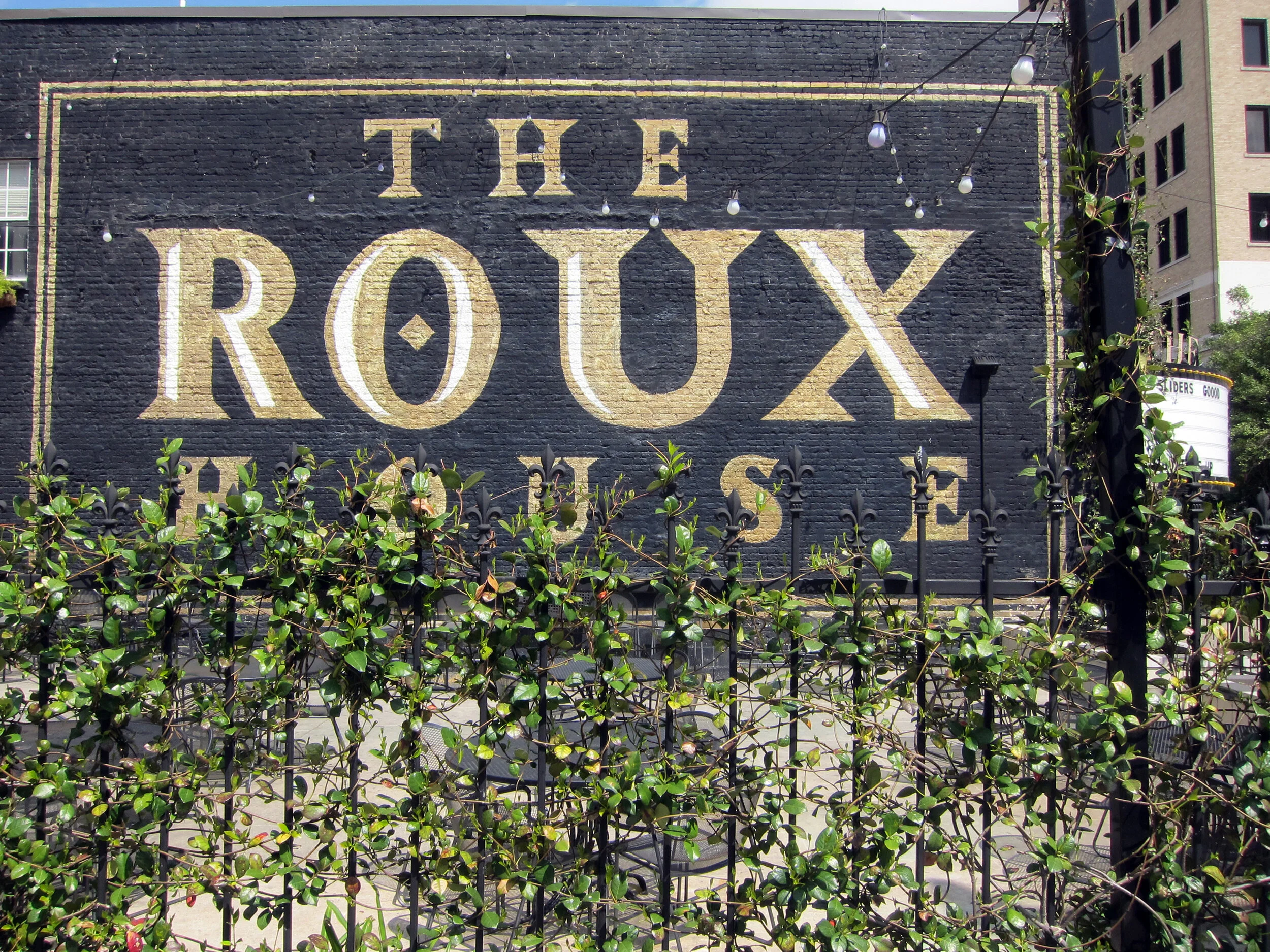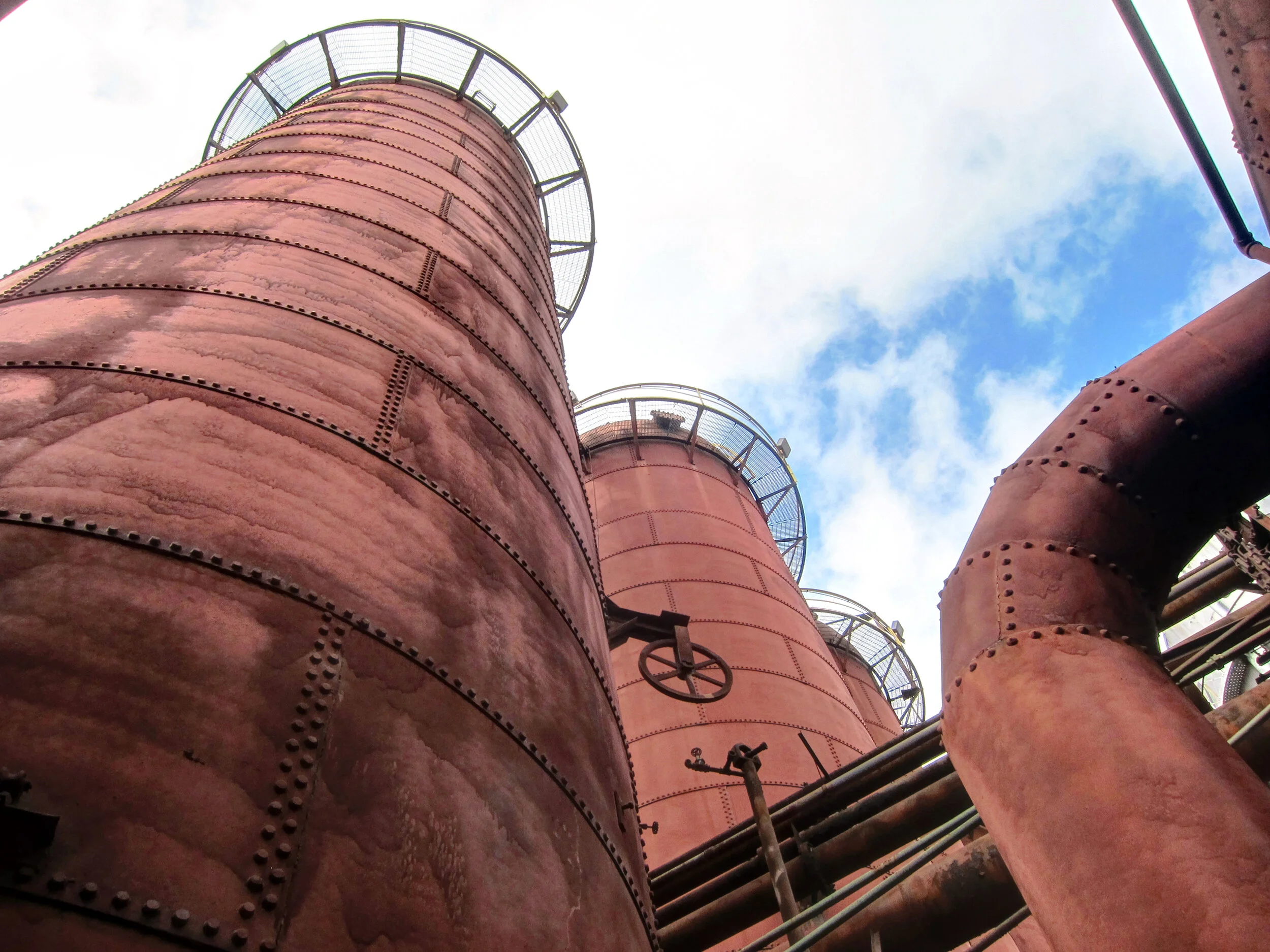
Page 2 of 5
Baton Rouge, Louisiana
Put emotion in a river between everybody else and everything you sent from home
In these past two (or has it been three) years now, I have visited a lot of state capitols and a lot of state capitol buildings, from Nebraska to Oklahoma to Ohio to Florida to Tennessee to Georgia to Utah to Minnesota to North Dakota to Texas. Not to be outdone by any of those states is the capitol building in Baton Rouge in the great state of Louisiana, a seemingly cursed great state as of late, especially if you count all of those killer hurricanes, awful oil spills, HBO vampires and the entire cast of "The Waterboy." Even it's state capitol building might be cursed, it was where one time Governor and later Senator Huey Long was shot to death, in a back corridor on the ground floor where they still advertise bullet holes and damage in the walls. According to the very kind woman at the front desk, Huey Long was accompanied by two bodyguards at the time of the assassination and suspiciously both refused to testify at the trial. You can draw your own conclusions from that, although the easy one just might be that those two bodyguards might have had something to do with the assassination.
The building itself is from 1930 and looks it, with lots of heroic (almost socialist) statues and carvings all over the place of awfully formal looking pelicans. From its 48 shallow entry steps (one marked per US State) to its shiny lobby to its imposing tower, it certainly has a presence that's hard to miss. And while it is the tallest of the US state capitol buildings (take that Nebraska) and the view from its observation deck is (supposedly) spectacular, I'll have to wait until another day to see it since it remains closed due to state budget issues. I guess they have other priorities right now.
Hard to please Connecticut writers (like Mark Twain) may have hated it, but I actually liked the Old Louisiana State Capitol Building, only a few blocks down river from the new capitol building. Its exterior might be a bit harsh, all white and crenellated and turreted, but its inside is all sweetness and light, or at least light. From the ground floor you quickly ascend a heroic staircase and before you know it you find yourself under a wonderful stained glass skylight, an impossibly delicate surprise in a building that looks so impossibly heavy from the outside.
North of Michigan, between Lakes Huron and Superior (and close enough to the US to receive AT&T 3G coverage) is Sault Ste Marie, or, as the locals like to call it, the Soo. The Soo is a relatively small city (under 100k) but a well located one, right along the canals and locks where a boardwalk and path system make the water and the southern view back to Michigan seem like a place that is likely far more special than you thought.
My time in the Soo was fairly brief, although I did manage to drive out on the Trans Canadian Highway a few hours to get as far as I could along Lake Superior, to see and dream about its cold dark waters and then (unfortunately) to turn back as the rain went from drizzle to steady to awful. And while I did not see all that much wildlife, at least there was a statue of a moose waiting for me in the Soo, looking longingly out toward the water and out toward Michigan, just like me.
A few blocks away from the reasonably interesting state capitol building in Ohio is the second most famous Peter Eisenman building in Columbus: the city's own downtown convention center. The building takes an awfully boring building type (I have been to a lot of convention centers) and tries to make it interesting by literally shaking the whole thing up, making walls that tilt and corridors that seem to wind and shift around and back for no discernable reasons. Certainly not a great building but most definitely a good one.
A technical note about the interior photo. This is another HDR (High Dynamic Range) photo with images taken from my trusted Canon S90 point and shoot. The computer program takes multiple images taken in quick succession on my camera and merges them into one image that often shows higher levels of details but also doesn't always quite compensate for movement between the photos, in this case a population moving back and forth and going about whatever business they need to. These ghost images could be manually removed, but I decided to keep them in anyway. Hopefully you do not find them all that distracting, all things considered.
This is the National Road Bridge in Columbus, Ohio. No (further) explanation needed for this one.

